#peter paul rubens fall of
Explore tagged Tumblr posts
Text

“the fall of the damned;” - peter paul rubens
#art#poetry#words#rhetoric#dark academia#web weaving#light academia#philosophy tumblr#love#language#peter paul rubens#peter paul rubens fall of#dark#adam & eve
40 notes
·
View notes
Text

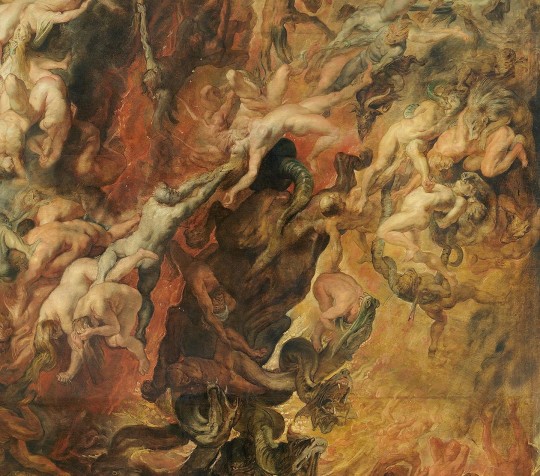
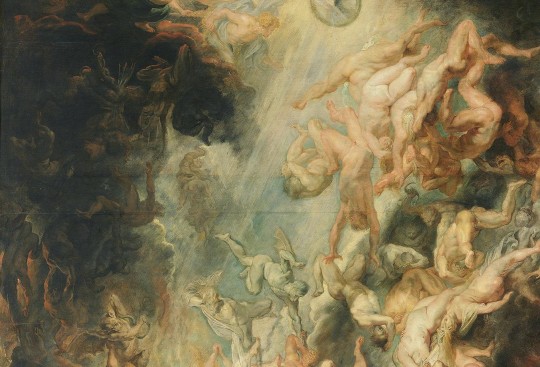
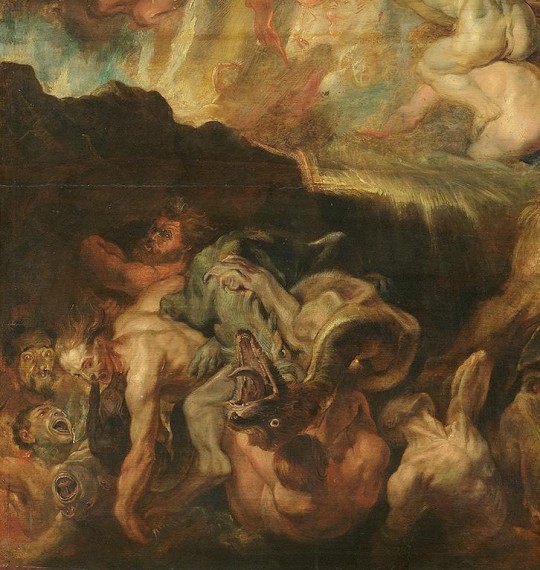
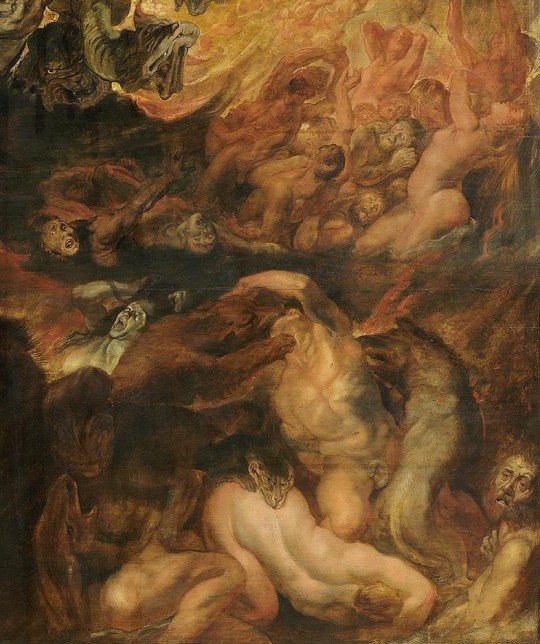
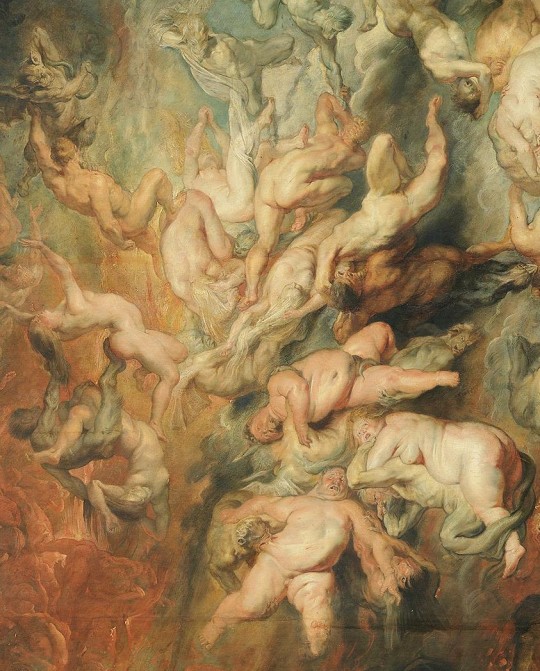

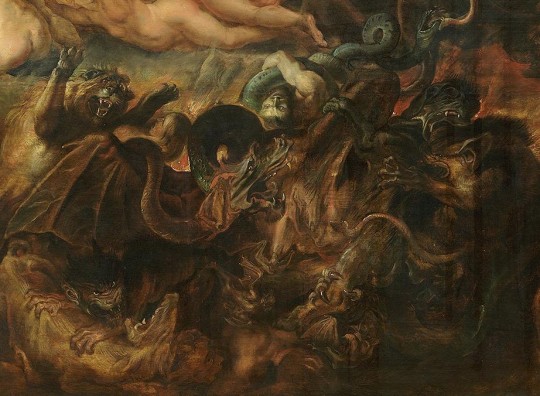

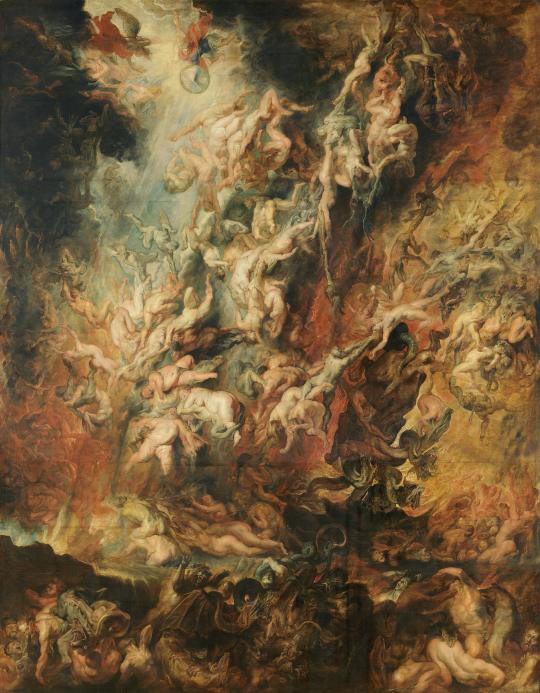
#art#painting#oil on canvas#european art#epic#dramatic#fall of the damned#famous art#masterpiece#peter paul rubens
953 notes
·
View notes
Photo

The Fall of Phaeton, oil on canvas by Peter Paul Rubens
583 notes
·
View notes
Text

Rubens - The fall of the damed (detail).
115 notes
·
View notes
Text

The Fall of the Damned/The Fall of the Rebel Angels (1620) - Peter Paul Rubens
#oil painting#oil on canvas#flemish art#flemish baroque#flemish painter#baroque#baroque art#baroque painting#baroque period#17th century#17th century art#17th century painting#biblical art#christian art#christian painting#The fall of the damned#peter paul rubens#dark academia#dark acadamia aesthetic#art academia#gothic#gothic art
12 notes
·
View notes
Text

the fall of phaeton by peter paul rubens (1604)
17 notes
·
View notes
Text

"The Fall of the Damned" by Peter Paul Rubens, 1620.
#peter paul rubens#the fall of the damned#art#artwork#esoteric#esoteric art#esoteric artwork#dark art#dark artwork
141 notes
·
View notes
Text

THE FALL OF THE DAMNED (1620) by PETER PAUL RUBENS
It's also known as the "Fall of the Rebel Angels", which could mean that this is when Lucifer is cast out from heaven, along with all the angels who supported him. They've lost their wings, and they're shown with some of their sins to show how bad they are in God's eyes.
Upon a close examination of the faces of the individuals in the descent, none appear particularly apprehensive, more resigned to their fate; however, some appear as if their faces have been twisted into the forms of the creatures that await them below.
This makes me think that this is when Lucifer's followers start to turn into demons, bad guys, and even evil spirits, getting cursed for believing what they believe in (who says God is all-encompassing?)
If this is correct, this painting suggests that paganism poses an existential threat to Christianity through the representation of demons. The use of satyr-like creatures is a literal and visual rejection of traditional beliefs.
21 notes
·
View notes
Text





The Fall of Phaeton (c.1605, oil on canvas) | Peter Paul Rubens
#art#fine art#painting#oil painting#the fall of phaeton#peter paul rubens#17th century#mythology#mythological painting#greek mythology#phaeton#aesthetic#dark
21 notes
·
View notes
Text

Peter Paul Rubens
The Fall of the Damned, 1620
Alte Pinakothek, Munich
9 notes
·
View notes
Text

3 notes
·
View notes
Text

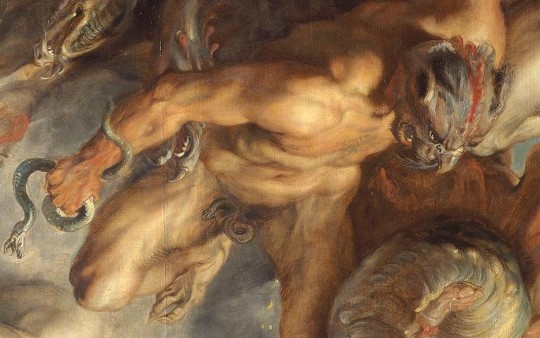
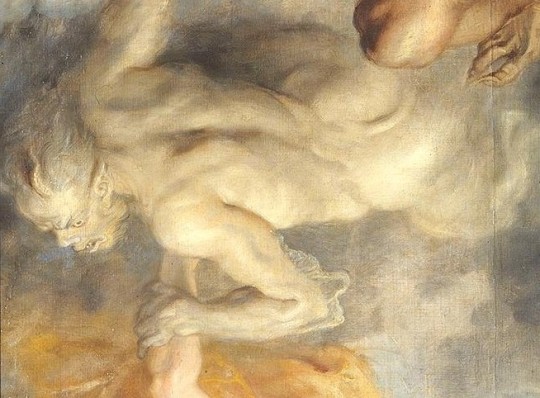
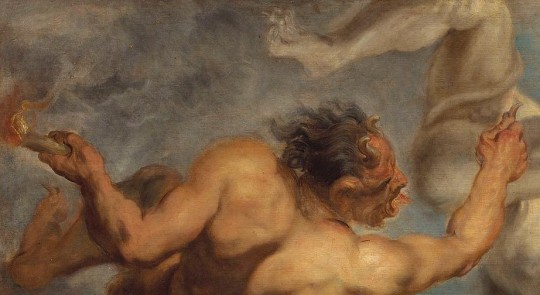
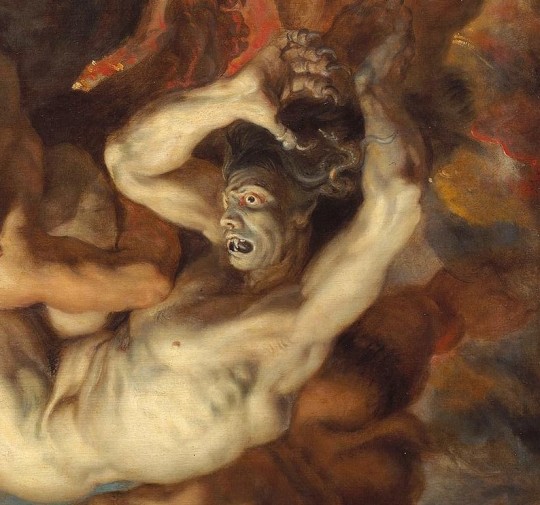
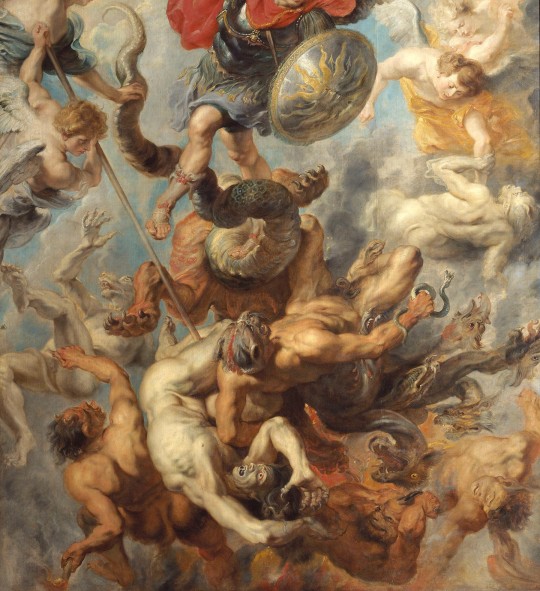
#art#painting#oil on canvas#epic#dramatic#fantastic#masterpiece#legendary#archangel michael#angels#angels and demons#dragon#fall of the damned#fall of the rebel angels#peter paul rubens
580 notes
·
View notes
Text

The Fall of the Damned, 1620
5 notes
·
View notes
Text
✌"The Fall of the Damned: A Dramatic Descent into Hell in the Style of Peter Paul Rubens" - AI Art created by Bernd Pulch
“A vivid reimagining of Rubens’ masterful style, capturing the chaotic descent of rebellious angels into the fiery depths of Hell, brimming with emotion, movement, and dramatic contrasts.”Call to Action:Support the Revival of Timeless ArtIf this powerful depiction inspired by Peter Paul Rubens speaks to you, join us in celebrating the fusion of classical art and modern creativity.Visit…

View On WordPress
0 notes
Text

“The Fall of Phaeton” c.1577–1640
CREATED BY PETER PAUL REUBENS
blog written by cadence
One of the most luminous and daring artists of the 17th century, captured a celestial catastrophe in The Fall of Phaeton, painted during his formative years in Rome. The painting depicts a pivotal moment from Ovid’s Metamorphoses —— a tale of youthful hubris, divine wrath, and cosmic chaos. At its heart is Phaeton, the ill-fated son of the Sun-god Apollo, who, driven by pride and desperate to prove his divine lineage, begged his father for the right to drive the Chariot of the Sun across the heavens. Against his better judgment, Apollo relented. But the task proved disastrous: Phaeton, unfit to wield the mighty steeds of the Sun, quickly lost control. The fiery horses, unbridled and ungovernable, tore across the sky, deviating wildly from their ordained path.
Rubens captures this moment of terrible splendor with breathtaking intensity. At the left, the Horae —— delicate, butterfly-winged goddesses of the seasons —— react in horror. These ethereal beings, symbols of celestial harmony and universal order, recoil as the heavens themselves unravel. Below, the Earth is engulfed in flames, its surface scorched by the Sun’s searing proximity. At the painting’s edges, the vast, zodiacal bands that arc through the heavens fracture and twist, thrown into disarray. Though unseen in the frame, the god Jupiter has already loosed his thunderbolt, a celestial judgment destined to strike Phaeton down and restore balance to a world on the brink of destruction.
The scene is one of sublime drama, its emotional and physical tumult rendered with all the visual opulence and dynamism that Rubens could summon. The horses rear and twist violently in their panic, their bodies tangled in straps and reins —— evidence of Rubens’s painstaking revisions. Pentimenti, or traces of earlier drafts still visible to the trained eye, suggest the artist’s obsessive reworking of the composition. These changes lend the work an energy that feels almost alive, as if the painting itself cannot fully contain the explosive force of the moment.
Beyond its visual spectacle, the tale of Phaeton resonated deeply with the moral sensibilities of the 16th and 17th centuries. In this story of unchecked ambition, artists and thinkers of the time saw an enduring parable about the dangers of hubris and the need for moderation. Dutch art theorist Karel van Mander, writing in 1604, interpreted the legend as a cautionary tale, an admonition “to keep the middle of the road, steering not too high nor too low.” The myth was also read as a political allegory —— a dire warning of the ruin that follows when immature or unfit leaders seize power, bringing devastation not only upon themselves but upon the people they rule. While such moralizing undertones undoubtedly inform Rubens’s work, the artist’s true focus seems to lie in the sheer pictorial grandeur of the story: the opportunity to convey a cosmic calamity through color, light, and movement.
Rubens’s mastery of the composition owes much to his formative travels across Italy around 1600, when he left his native Antwerp to immerse himself in the splendor of antiquity and the Renaissance. In Venice, Mantua, Genoa, and Rome, he studied the works of the great masters ——Tintoretto’s sweeping dynamism, Leonardo da Vinci’s intricate anatomy, Raphael’s grace, and Michelangelo’s sculptural power. At the same time, Rubens absorbed the innovations of his contemporaries, most notably Caravaggio, whose dramatic use of light and shadow electrified the art world of the time. The Fall of Phaeton bears witness to this extraordinary synthesis. The painting’s dramatic chiaroscuro, swirling energy, and the intricate poses of its figures reflect Rubens’s ability to blend classical ideals with the raw vigor of Baroque innovation.
In this singular work, Rubens transforms a tale of divine punishment into a visual symphony of movement and light. Phaeton’s fatal plunge is both a warning and a spectacle —— his outstretched form embodying the inevitability of his downfall, even as the heavens crack and burn around him. The painting is a testament not only to Rubens’s prodigious talent but to his profound understanding of art’s power to convey both beauty and devastation.
#ancient greek#the fall of phaeton#greek history#paintings#renaissance#graphics#aesthetic#peter paul rubens#my post#thank you
0 notes
Text

The Garden of Eden with the Fall of Man
1615
by Peter Paul Rubens (figures) and Jan Brueghel the Elder (flora & fauna)
1K notes
·
View notes